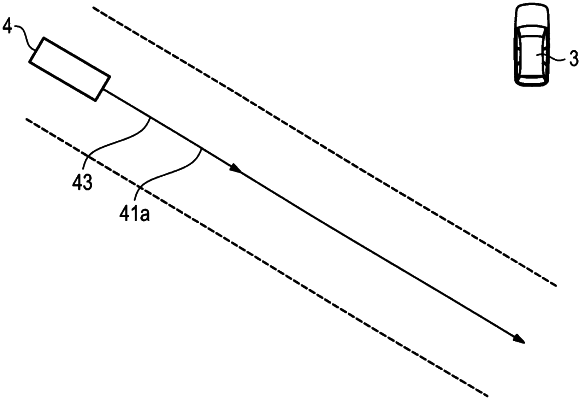| CPC G01S 13/589 (2013.01) [G01S 7/2955 (2013.01); G01S 13/726 (2013.01); G01S 13/931 (2013.01); G01S 2013/932 (2020.01); G01S 2013/93271 (2020.01); G01S 2013/93272 (2020.01); G01S 2013/93273 (2020.01)] | 16 Claims |

|
10. A method comprising:
detecting, by a sensor arrangement that comprises at least one sensor, objects multiple times while traveling through a detection range of the sensor arrangement and a new object in the detection range of the sensor arrangement, the objects being physical objects detected prior to detection of the new object and the new object being a physical object that is detected by the sensor arrangement a single time upon entering the detection range;
establishing, by at least one vehicle processor, previous positions of the objects that have been detected previously in the detection range and a current actual position of the new object in the detection range of the sensor arrangement;
computing, by the at least one vehicle processor, directions of movement of the objects based on the previous positions;
storing, in a memory unit, information indicating respective previous positions and respective associated previous directions of movement of the objects that have been detected previously in the detection range of the sensor arrangement;
assigning, by the at least one vehicle processor, an estimated initial direction of movement of the new object relative to the current actual position thereof based on the previous directions of movement of the prcvious objects that have been detected previously at the current actual position of the new object in the detection range; and
controlling, by at least one other vehicle processor, movement of a vehicle in response to and dependent on the estimated initial direction of movement of the new object.
|